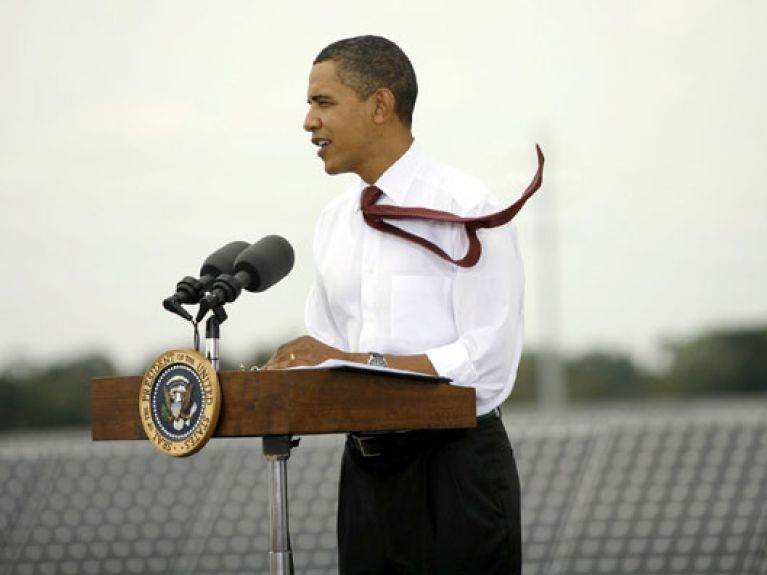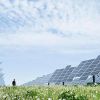Ecological bridge building
The Transatlantic Climate Bridge has encouraged energy dialogue between Germany and North America.

When in the summer of 2013 the conservative state of Georgia had to decide on the future of its energy supply, Tim Echols spoke up. The influential Republican advocated the use of the sun as a source of energy alongside nuclear power and gas – and was, in the end, part of the majority that engaged energy provider Georgia Power to supply solar power.
On a trip to Germany, Echols had informed himself about the energy transition; the trip was one of the many events that are part of the Transatlantic Climate Bridge. The project was launched in 2008 by Foreign Minister Frank-Walter Steinmeier and the then Minister of the Environment and current Minister for Economic Affairs Sigmar Gabriel to promote a common climate policy. “We are stretching out our hand,” wrote the politicians in a newspaper article. This is still true today and has improved the conditions for reaching consensus in this thorny field of policy. “America today is more open in issues of climate policy than it was a few years ago,” says Georg Maue, who coordinates the Climate Bridge as First Secretary Energy and Climate at the German Embassy in Washington.
The Climate Bridge is a project platform for many different, decentralized actions that present the benefits of environmentally friendly energy sources. The thematic focus is currently the German energy transition. “There are many misunderstandings here and a great need for information on the subject on the part of American decision-makers,” says Maue. Seven high-ranking American politicians, including two senators, took part in the five-day excursion that also brought Echols to Germany. They spoke with scientists, members of the Bundestag and businessmen, and toured the Morbach Energy Landscape (in Rhineland Palatinate), a showcase project for renewable energy. With the help of the Climate Bridge, American journalists have also become acquainted with biogas production and green architecture “made in Germany”.
The platform also includes events for the general public such as “climate salons”, organized by the consulate and the Goethe-Institut. There the serious subject of climate is presented in an entertaining manner, with skits and films. And when in July 2014 the Federal Minister of the Environment, Barbara Hendricks, opens the new, energy-efficient building of the German Embassy in Washington in a well- covered event, it too will serve to illustrate the goals of the Climate Bridge.
And Germans too learn something – for instance, that the diversity of opinion in the United States is greater than many clichés suggest, and that specific arguments (for example, that solar panels work even in the event of power outages) are sometimes more convincing than the abstract reference to environmental protection. Georg Maue at any rate remains optimistic. This year he is planning a series of round tables with German and American experts. The pilot event in December 2013 defined the guiding question: What kind of market can incentivize electricity suppliers to pursue a climate-friendly business model? Experts on both sides of the Atlantic are asking the same questions about the future. Sometimes it’s easy to build a bridge. ▪
Christine Mattauch

